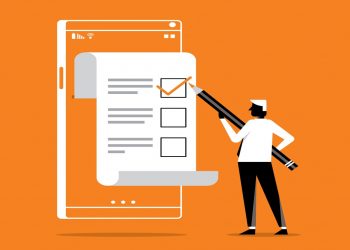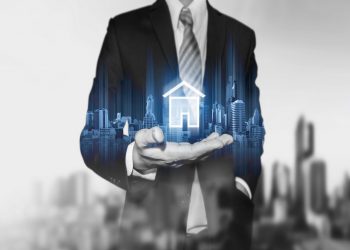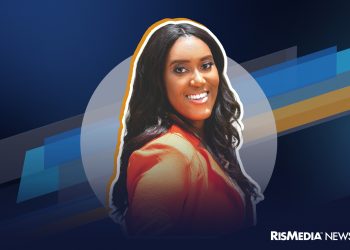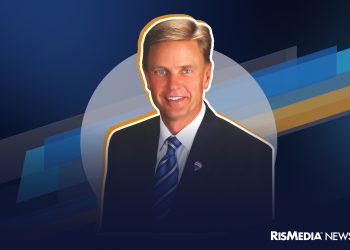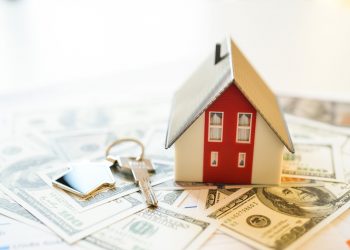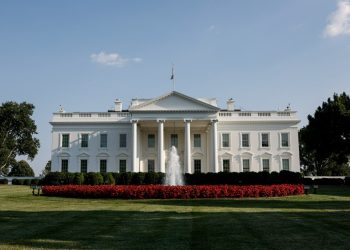RISMEDIA, September 19, 2009—(MCT)—Politicians, pundits and even the Federal Reserve chairman have declared the recession over, but what’s coming next is likely to prove as vexing as the deep economic crisis that Americans hope to leave behind.
As the economy begins to grow again, the nation faces a huge challenge: Consumers drive roughly 70% of U.S. economic activity, but job growth is expected to be quite slow even as the recovery gains steam. Without a rebounding job market, consumer spending is unlikely to return to robust levels, slowing a return to full employment. Think of it as America’s chicken-and-egg dilemma: The economy needs a big jump in consumer spending to spur exceptional growth, but that won’t happen as long as unemployment remains high.
Fed Chairman Ben Bernanke acknowledged this dilemma when he predicted that growth next year would be moderate at best. The economy faces strong “head winds,” he warned, raising prospects for a jobless recovery like the ones that followed the brief recessions in 1990-91 and 2001. “Unless the economy grows significantly faster than its longer-term growth rate,” which economists peg at about 3% annually, “it will be relatively slow in creating jobs over and above people coming into the labor force,” Bernanke said. “And therefore the unemployment rate would tend to come down quite slowly. That’s a risk, a possibility.”
The unemployment rate, now 9.7%, is expected to rise above 10% soon. To get back to an unemployment rate below 5% will require about 12 million to14 million new jobs.
“The problem here is that once the economy makes the turn, and once we’re not only out of recession but out of this period that feels like recession … even then the economy is not going to be growing fast enough consistently to bring down the unemployment rate,” said Ken Goldstein, an economist with the Conference Board, a business research center in New York. Absent significantly above-trend growth, Goldstein said, the unemployment rate is likely to remain stubbornly high, at around 8% by the end of 2011. “It might be 2012 or 2013 before we’re back below 6 percent. We’re certainly not going to go back to 4. We may not see 5 again. But to be in the 5.5 range, we could be there by mid-decade,” he said.
That’s 2015. If Goldstein is right, many Americans will continue struggling to find jobs or will be underemployed, and the economy is in for a long slog.
With credit markets still impaired and Americans likely to be offered less and more-costly credit for years, a period of higher-than-average growth appears unlikely. The U.S. economy probably isn’t facing a return to the dismal 1970s, but it won’t be like the roaring ’80s and ’90s either. “It’s going to feel uncomfortable compared to what we’ve enjoyed over the past couple of decades,” said Mark Zandi, the chief economist for forecaster Moody’s Economy.com.
“We’re going to have to grow faster than trend to get unemployment to come down, which means that it is going to happen — unless you believe zero (percent) interest rates don’t matter,” said James Glassman, senior economist and managing director at JP Morgan Chase. His logic goes like this: Because the Fed has held its benchmark interest rate near zero since last December and is expected to leave it there for quite a while longer, lending rates across the economy will remain unusually low as the Fed tries to engineer full employment, which economists consider to be when the jobless rate is around 5%. “The economy is not going to have the same robustness that it normally has. Returning to 5 percent (unemployment) is a national goal.”
(c) 2009, McClatchy-Tribune Information Services.
Visit the McClatchy Washington Bureau on the World Wide Web at www.mcclatchydc.com.



